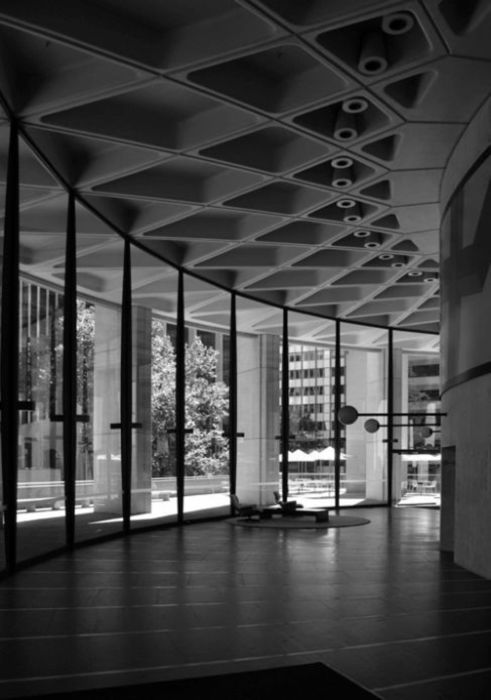CANBERRA - '"Designed in Italy, Made in Australia. The australian works of Pier Luigi Nervi" is the title of the exhibition that the Italian Cultural Institute of Sidney in collaboration with the Canberra Design Festival dedicates until November 27 to the mark left by the Italian master of engineering.
The Mura Gadi Gallery, of the Library of the University of Canberra, illustrates the work done by Nervi and his studio in Rome for the Australian architect Harry Seidler through original drawings, 3D models and the reproduction of archival material preserved in Italy and in Australia some projects carried out in the 60s and 70s, starting with Australia Square in Sydney.
The exhibition, curated by Paolo Stracchi, professor of architectural technology at the School of Architecture, Design and Planning of Sydney University, tells how Pier Luigi Nervi (Sondrio 1891-Rome 1979) was not only a structural engineer, "but also a revolutionary Italian builder, architect and artist who created, through the invention of the Nervi System, a personal and unmistakable structural aesthetic known today as the Nervi Style ".
Invented in Italy in the 1940s, the Nervi System was exported all over the world to shape some of the most famous concrete buildings designed by the Italian engineer, including the Field House at Dartmouth College (1965) and the Cathedral of St. Maria Assunta in San Francisco (1971).
In Australia it was first adopted in the construction of the Nervi ribbed slab for Australia Square Tower, designed by Harry Seidler in 1963. The Italian engineer also designed the tapered columns of the iconic circular tower, which together with the caissons defined the building's distinctive structural expressionism.
The success of the Sydney Tower marked the beginning of a professional collaboration between Rome and Sydney that lasted more than 15 years.
In illustrating the history of the collaboration between Nervi and Seidler, the exhibition sheds light on Roman, Milanese and Canadian precedents adopted in the design and construction of some of Australia's most celebrated modern architectural masterpieces.
The exhibition, promoted on the occasion of the Fourth Italian Design Day, is sponsored by the Italian Embassy in Canberra.

